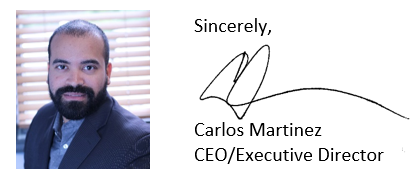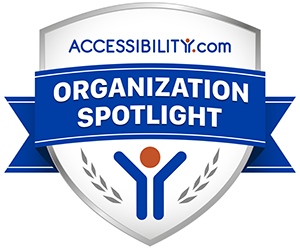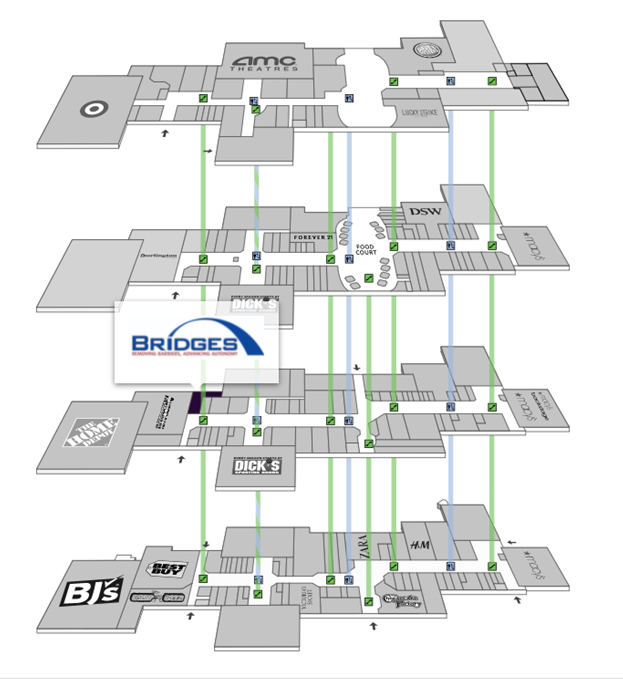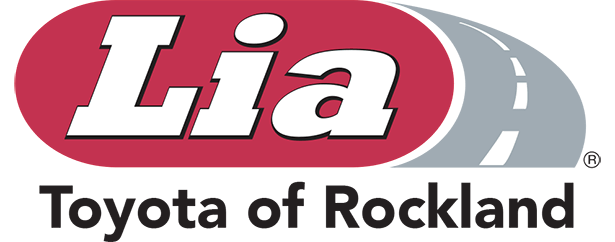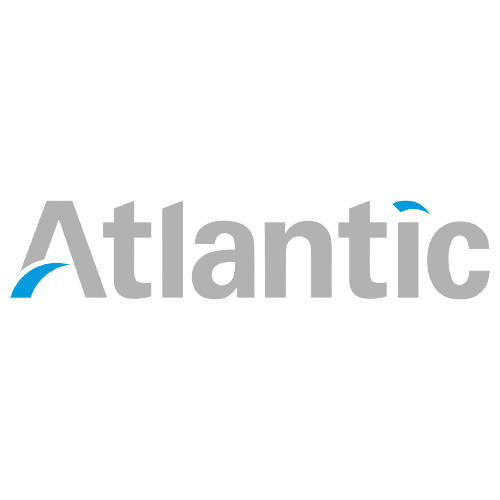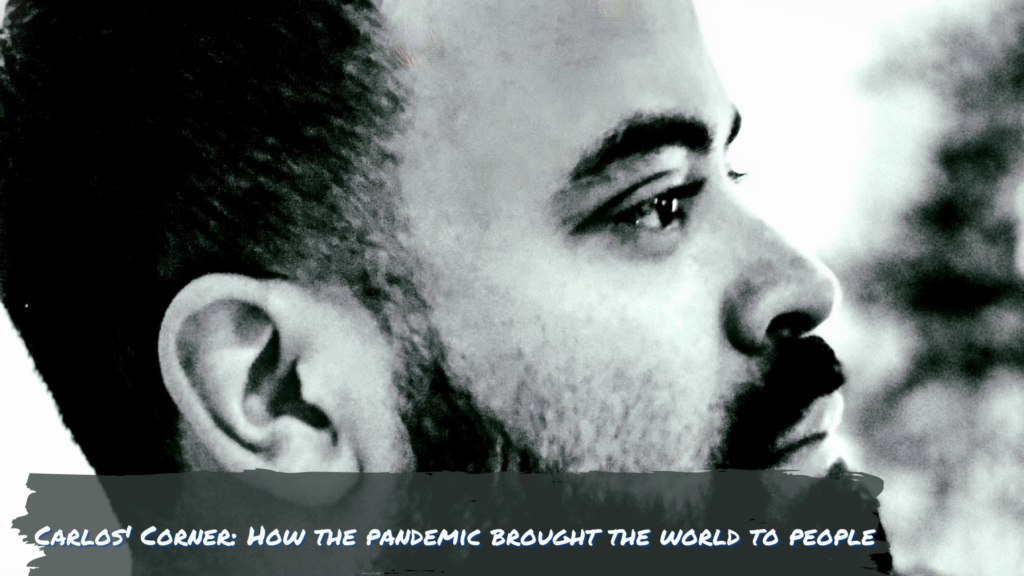
When Covid-19 was first declared a pandemic and restrictions were implemented, I heard many from the disability community say, “welcome to my world.” It was a stark reminder of the reality many with seen and unseen disabilities live through on a day to day basis prior to any pandemic. For people with medical conditions and varying disabilities that require extra hygienic measures and extended isolation at home, the use of PPE and other kinds of restrictive or precautionary measures are part of their lifestyle.
In many cases, these measures led disabled community members into depression or sadness as a result of isolation. With accessibility in the community already being a problem, going out into the community was a challenge. People with disabilities, seen and unseen, at home, in nursing homes and in assisted or supported living situations were already feeling isolated, restricted, and disconnected from the world.
But here’s where the pandemic, in the midst of all the chaos, did the most good. It brought the world to everyone! How often could a person at home have access to delivered groceries? How often could a person at home get meals delivered from that classy restaurant in their neighborhood? How often could a person at home access social gatherings online, peer groups, and telehealth opportunities? Or even community events, charitable events, and concerts? The idea of working from home was a virtual dream!
The world became more accessible. For this brief year which felt like a century, people with disabilities felt like part of their community again — ordering from a local quality restaurant, watching their church, synagogue or mosque service online, getting their groceries delivered, and contributing to the local economy. The pandemic brought the world to the people and EVERYONE benefited!
That’s the amazing thing about accessibility or universal design — it benefits all people! When we describe the use of a ramp, for example, and its ability to let more people in than say a set of stairs, we are talking about the concept of universal design. We are talking about parents, people with disabilities, and people with luggage or carts being able to access the same location as everyone else. That’s just one of many examples.
The pandemic forced us into a hybrid model that must never go away. There is, of course, value in the in-person interaction. This is true for every aspect of life including work, school, and events. But the highest value is when everyone can access, participate, and contribute. The ability to offer a hybrid model of services, which the pandemic forced us to implement during the quarantine period, is beneficial for all people. Events with virtual participation, food delivery and curbside options including retail shops, telehealth and telemedicine, social groups and faith based gatherings with virtual participation, allowed more people, who prior to Covid-19, would never have had the chance to participate, to be included, and be part of their community.
Let’s continue these activities and invest time and resources into learning how to deliver hybrid options, incorporating universal design in all we do. I have made this my personal mission at BRIDGES — to move this effort forward and ensure that our community remains open to everyone.
